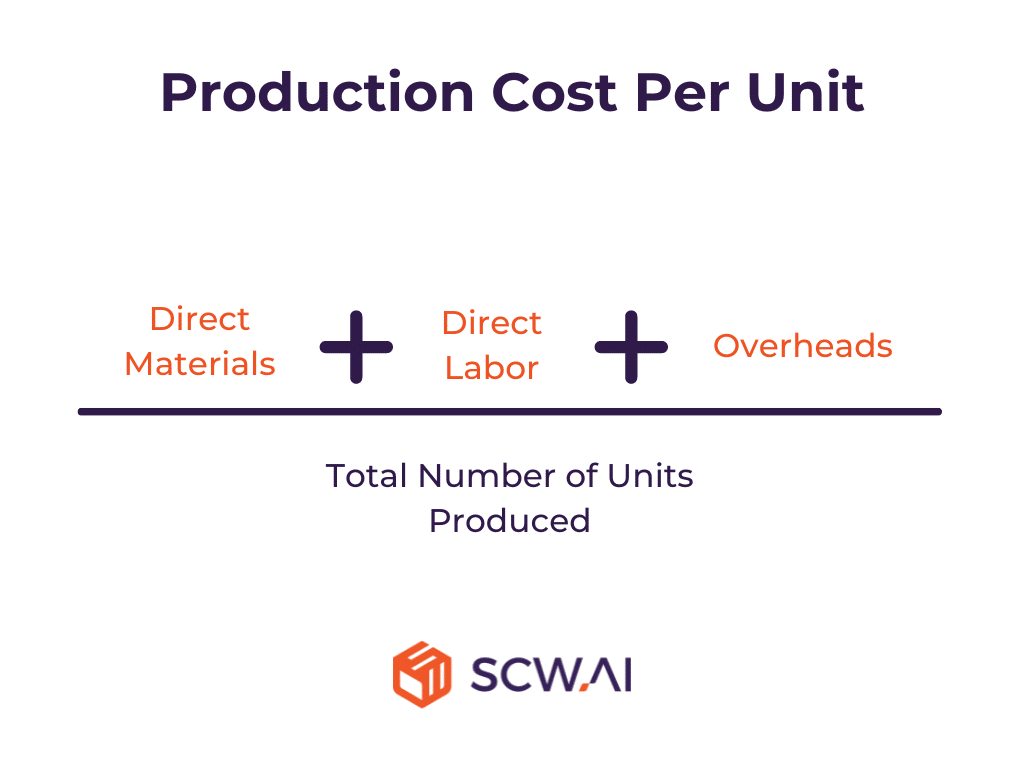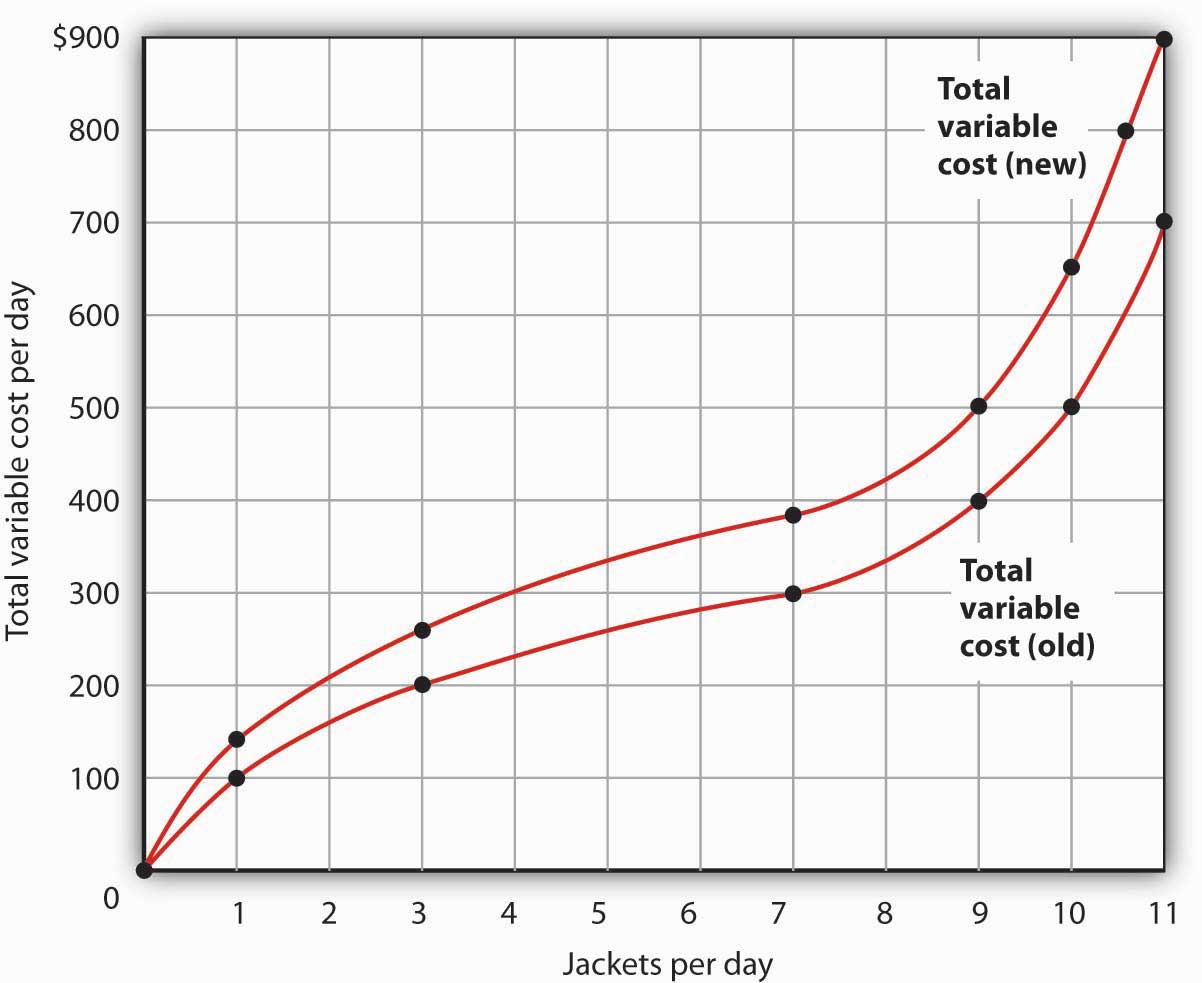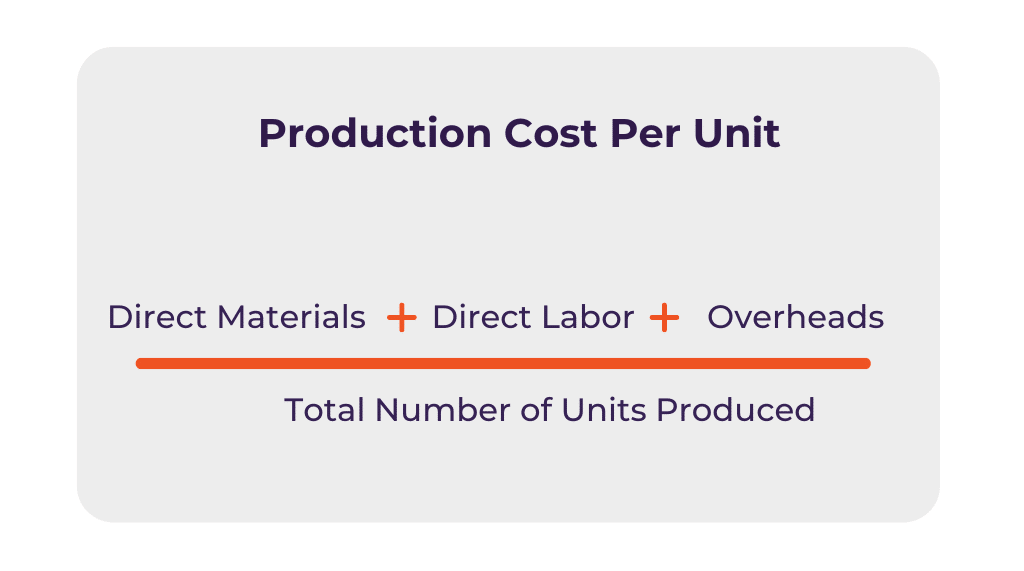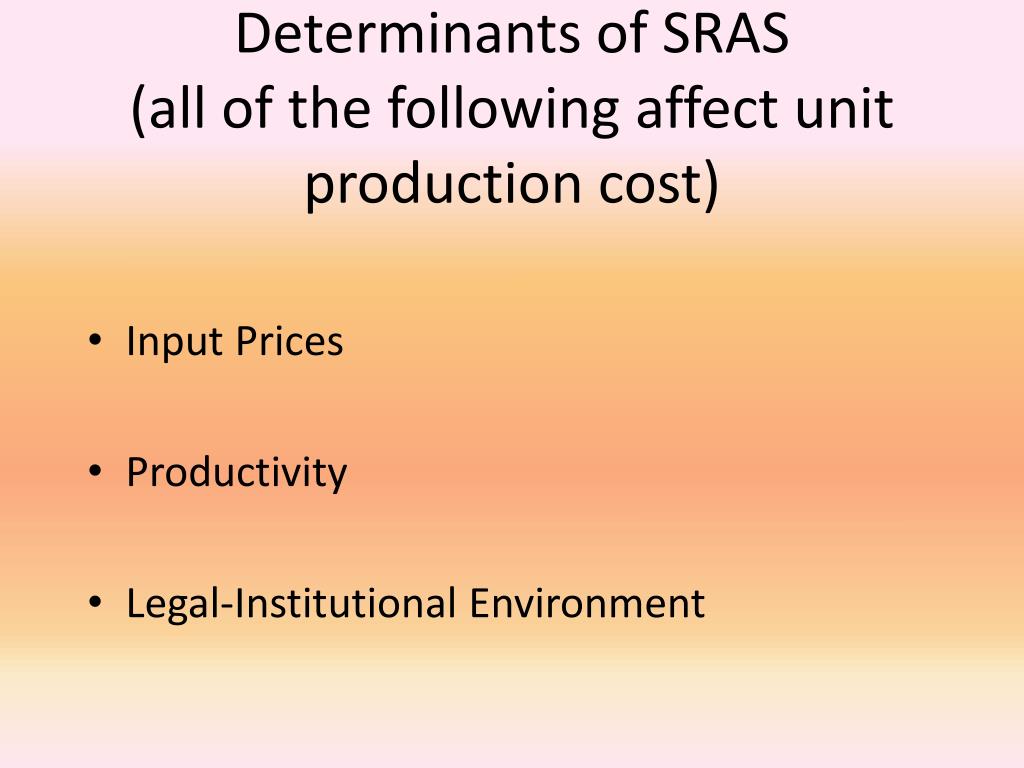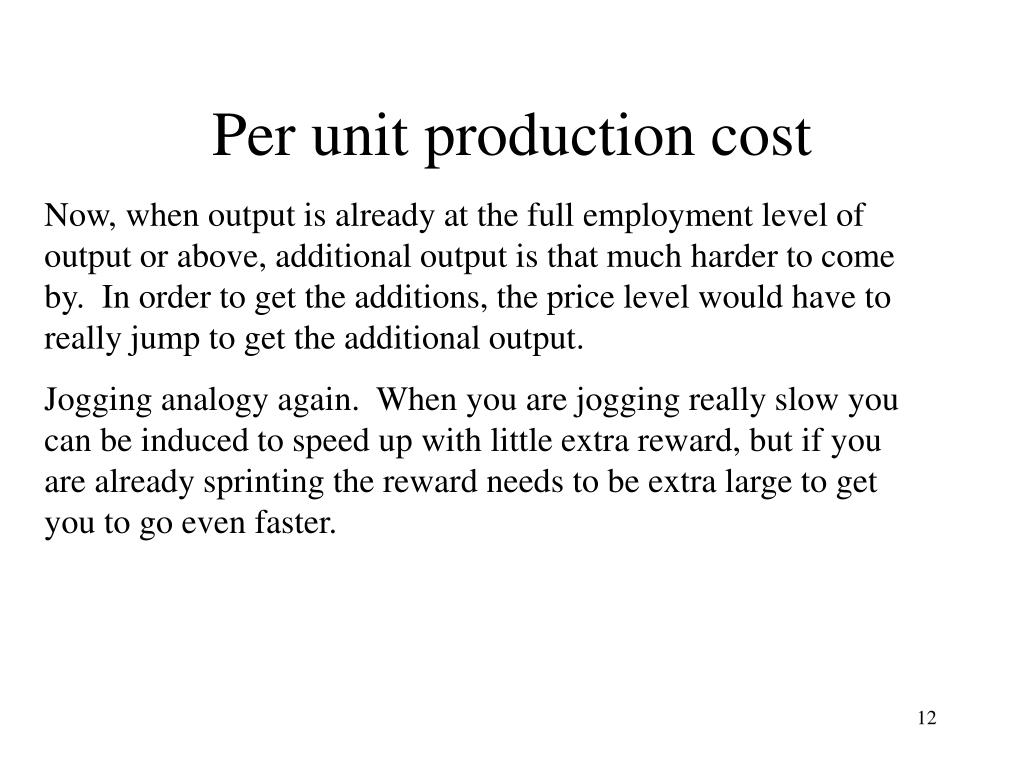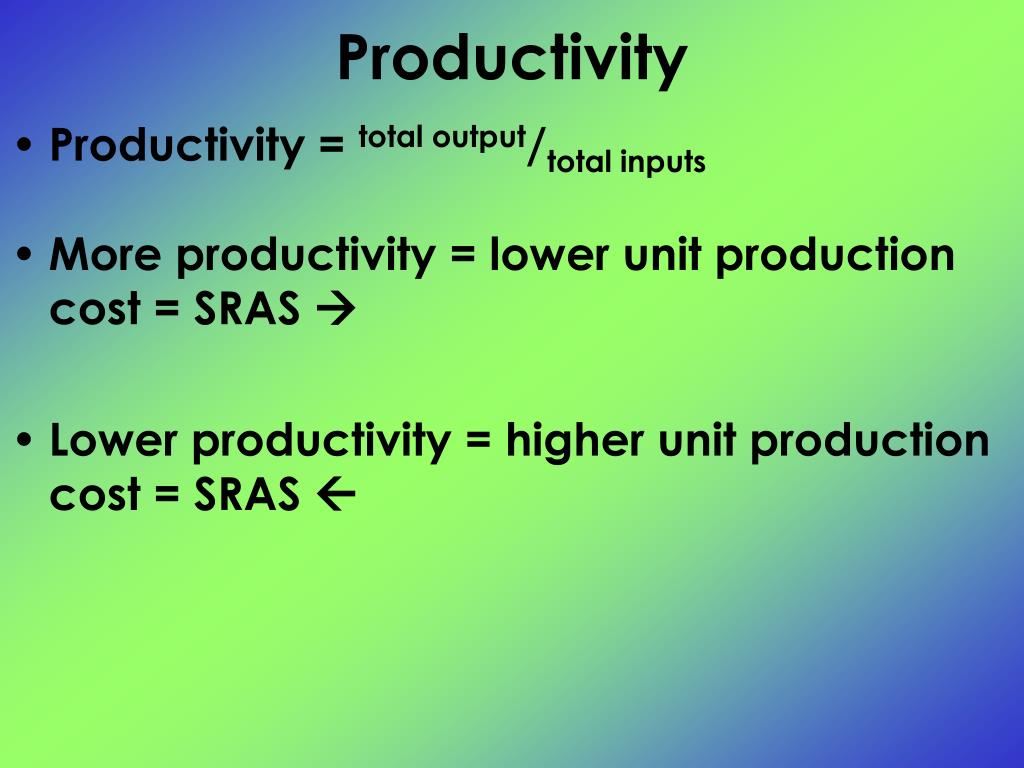Rising Per Unit Production Costs Are Most Directly Associated With

Across industries, whispers of rising production costs are growing louder, prompting concerns about potential economic repercussions for businesses and consumers alike. From manufacturers grappling with pricier raw materials to service providers facing escalating labor expenses, the phenomenon of increased per-unit production costs is rapidly becoming a central economic issue. This complex situation warrants a closer look at its underlying drivers, its impact, and possible future implications.
The surge in per-unit production costs, essentially the total expense of producing one unit of a good or service, is directly tied to a confluence of factors, namely, increasing input prices, labor shortages and wage inflation, and supply chain disruptions. Understanding these contributing factors is crucial for businesses aiming to navigate the current economic climate and for policymakers seeking to mitigate potential adverse effects on the broader economy.
Key Drivers Behind Rising Production Costs
The most significant driver is the escalating cost of input prices, encompassing raw materials, energy, and components required for production. Data from the Bureau of Labor Statistics (BLS) shows a consistent upward trend in the Producer Price Index (PPI), which measures the average change over time in the selling prices received by domestic producers for their output.
A recent BLS report indicated a significant year-over-year increase in the prices of several key commodities, including metals, chemicals, and agricultural products. For example, steel prices have seen particularly steep climbs, affecting industries from construction to automotive manufacturing.
Labor shortages and wage inflation are also contributing significantly. As the demand for skilled and unskilled workers outstrips the available supply, businesses are compelled to offer higher wages and benefits to attract and retain employees.
"We're seeing unprecedented competition for workers," said Dr. Emily Carter, an economist at the Economic Policy Institute, in a recent interview. "This is pushing wages up, especially in sectors like hospitality and manufacturing, where labor costs represent a significant portion of the overall production cost."
Furthermore, persistent supply chain disruptions exacerbate the problem. The COVID-19 pandemic exposed vulnerabilities in global supply chains, leading to delays, shortages, and increased transportation costs.
Shipping container shortages, port congestion, and geopolitical instability have all contributed to these disruptions, increasing the lead times and costs associated with sourcing essential inputs. Companies are facing difficult choices: absorb the increased costs, pass them on to consumers, or seek alternative (and often more expensive) suppliers.
Impact Across Industries
The impact of rising per-unit production costs is being felt across a wide range of industries. Manufacturers are struggling to maintain profitability as their expenses increase, leading to concerns about potential plant closures and job losses.
The construction industry is particularly vulnerable, as rising material costs and labor shortages delay projects and increase budgets. Small businesses, with limited resources to absorb these additional costs, face an especially challenging environment.
Even the service sector is affected, as businesses offering services reliant on material goods (e.g., restaurants requiring food supplies) find themselves facing similar pressures.
Potential Consequences for Consumers
Ultimately, the rise in per-unit production costs translates into higher prices for consumers. Businesses, unable to fully absorb the increased expenses, are forced to pass some or all of them on to their customers in the form of price increases.
This contributes to inflationary pressures, eroding purchasing power and potentially slowing economic growth. For low-income households, who spend a larger proportion of their income on essential goods and services, the impact is particularly severe.
Consider Maria Rodriguez, a single mother working in a retail store. She has seen the price of groceries rise steadily in recent months. "It's getting harder and harder to make ends meet," she says. "Everything is getting so expensive."
Possible Solutions and Mitigation Strategies
Addressing the issue of rising production costs requires a multifaceted approach. Businesses can invest in technology to improve efficiency and reduce labor costs. They can also explore alternative sourcing strategies to diversify their supply chains and mitigate the impact of disruptions.
Governments can play a role by investing in infrastructure, promoting workforce development programs, and addressing supply chain bottlenecks. Tax incentives for businesses that invest in efficiency improvements can also help alleviate the pressure.
Moreover, fostering greater international cooperation can help to address global supply chain challenges and promote stability in commodity markets.
Looking Ahead
The rise in per-unit production costs presents a significant challenge to businesses and consumers alike. While some of the underlying factors, such as supply chain disruptions, may ease over time, others, such as labor shortages and wage inflation, could persist for the foreseeable future.
Adaptability and strategic planning will be essential for navigating the current economic climate. Businesses that can innovate, improve efficiency, and manage their supply chains effectively will be best positioned to thrive in the years ahead. Monitoring key economic indicators, like the PPI and employment data, will be crucial for informed decision-making.
The situation demands attention and proactive measures to mitigate its potential negative impacts on the economy and society. Only through collaborative efforts can we hope to address the complex challenges presented by rising per-unit production costs and ensure a more sustainable and prosperous future.

